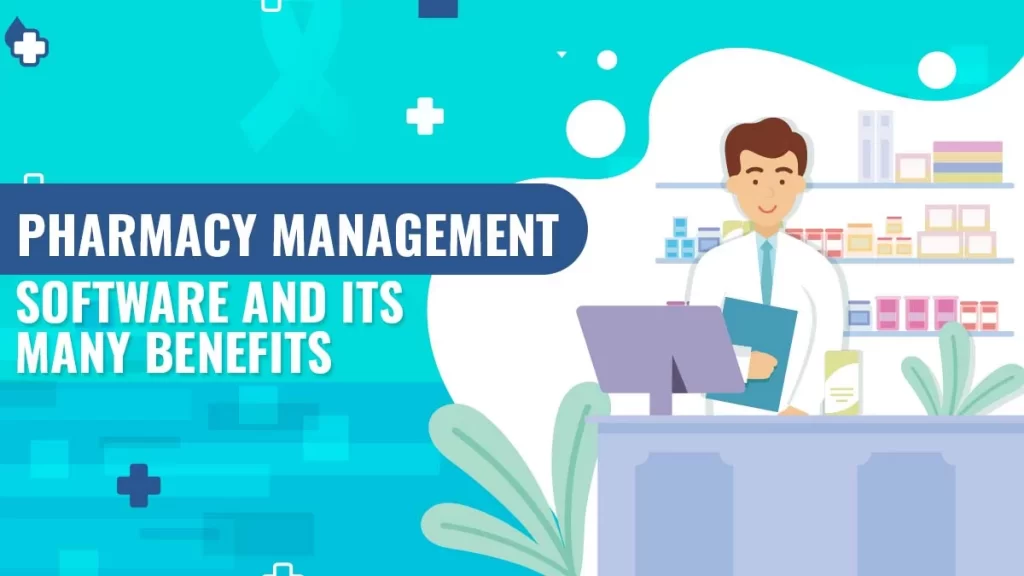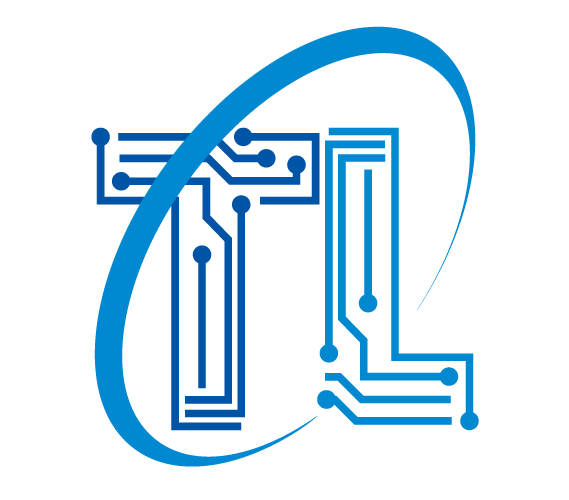Pharmacy Management
In terms of employment, Pharmacy Management refers to those who supervise the pharmacy’s staff. They direct their employees to provide medicines to their customers efficiently, without sacrificing safety. Their jobs involve monitoring medication prescriptions, dispensing medicines, minimizing waste, and preventing drug shortages.
Not only are pharmacists necessary for running a pharmacy, but it is a legal requirement to have one present for transactions at all hours.
Also working at a pharmacy are pharmacy assistants and pharmacy technicians, as well as managerial staff.


The benefits of having a Pharmacy Management System
According to a report on the Philippines’ Pharmacy Retail Industry Outlook, the demand for generic medicines over branded ones is increasing. So that demand will surge at a Compound Annual Growth Rate or a CAGR of 4.7%. In addition, the same report states that “pharmacy chains are anticipated to increase their penetration in the semi-urban and rural regions of the country.”
Then, this means that as more pharmacy branches continue to pop up, more people will purchase medicines. The increase in transactions will call for a more comprehensive look at the operations of every pharmacy branch.
Why you need pharmacy management software
Any technology used in a pharmacy that aids in automating the workflow is considered pharmacy management software. This entails undertaking responsibilities including evaluating doctor prescriptions and preparing drugs, managing inventory and placing drug orders, dealing with invoicing and insurance, offering counseling, finding incompatibilities, and more – all while adhering to legal regulations and compliances.
And these are merely the conventional tasks that are automatable. The addition of many more features could give the pharmacy a competitive edge by improving the patient experience and luring clients with more individualized and interesting care. In the section that follows, we will go into greater depth regarding these features. Let’s now go over the major advantages a pharmacy management system will enable you to achieve.
Improving pharmacists efficiency. The majority of a pharmacist’s working hours are spent dispensing medications. This activity necessitates intense concentration, extensive verification, careful consideration of drug interactions, and the ability to decipher the doctor’s handwriting. Is manual medicine dispensing required? In no way. Prescriptions can be readily managed by software with the help of seamless computer-computer communication, giving pharmacists more time to contact with patients. Which brings us to the following advantage.
Improving patient health outcomes. A PMS can directly or indirectly assist patients who are seeking counseling from pharmacists in receiving better counseling. Pharmacists can interact with customers online via a patient portal in addition to spending more time with them in person. Also, a pharmacist can access a patient’s prescription history to provide more accurate recommendations by connecting to a hospital’s EHR. Moreover, specialized medication adherence systems can assist patients in managing the medications they take by enabling them to conveniently refill refillable prescriptions and receive notifications about them.
Preventing medicine fraud. By entering all prescription information into the Prescription Drug Monitoring Program database and reviewing it while distributing medications, pharmacies play a crucial part in aiding in the management of the distribution of prohibited dangerous substances (CDSs). As information is automatically linked to the patient’s history, a pharmacy management system integrated with the PDMP portal enables you to reduce recording time and effort to just a few clicks.
Get in Touch
“Life becomes celebration when friends keep in touch, so let’s
celebrate our life by keeping in touch with each other.”
Techno Lab
H: 28, R:1, Block: B, Banasree, Rampura, Dhaka-1219.
admin@technolabbd.com technoalbbd.ltd@gmail.com
